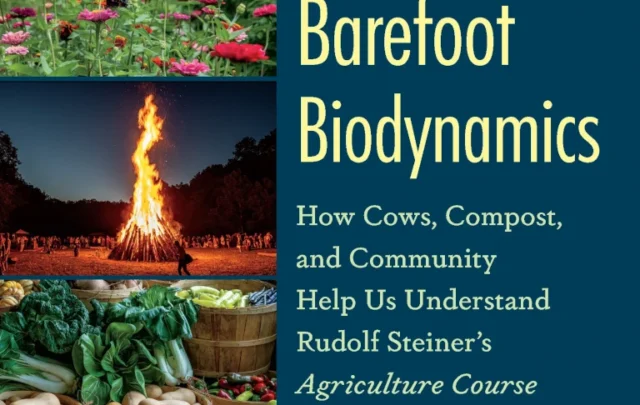
"I can resist everything except temptation," one of playwright Oscar Wilde’s characters tells us. But, the management of Monsanto, the agribusiness giant, must not be fans of the theater. As a result Monsanto has done the equivalent of giving a teenage boy the keys to the family car and then telling him that he can’t drive it. We know what comes next.
The way this has manifested itself is widespread damage to soybeans, peaches and other crops from drifting herbicide. The problem has gotten so bad that the U.S. Environmental Protection Agency (EPA) has issued an advisory reminding farmers that the offending herbicide, dicamba, is not yet approved for spraying on dicamba-resistant soybeans and cotton (produced by Monsanto). That approval is under review, but only for a special dicamba formulation from Monsanto which supposedly reduces drift.
In the meantime, state agricultural officials in Arkansas have become so alarmed they’ve banned dicamba for use on row crops.
To understand how this happened, first we need some background. Monsanto is famous for its genetically engineered crops that resist its Roundup Ready brand herbicide. The herbicide can be sprayed on a resistant crop such as soybeans or cotton, and it kills unwanted weeds in the field while sparing the crop.
As weeds have evolved to resist glyphosate–the generic name for Roundup–Monsanto realized that it would have to engineer its crops to resist another herbicide or lose business.
Because new agricultural chemicals must be reviewed for approval through a lengthy and costly process, Monsanto decided to add resistance to the old, already approved herbicide dicamba which has been in use since the 1960s.
Dicamba is good at killing certain kinds of plants, the kind that farmers don’t want in their fields. But it can also harm crops. Here is an explanation from the directions for using Banvel, a brand of dicamba:
BANVEL may cause injury to desirable trees and plants, particularly beans, cotton, flowers, fruit trees, grapes, ornamentals, peas, potatoes, soybeans, sunflowers, tobacco, tomatoes, and other broadleaf plants when contacting their roots, stems or foliage.
It’s a pretty long list. The trouble is, dicamba can drift and affect crops on other farmers’ property.
The next thing you need to know is that Monsanto began selling its dicamba-resistant soybean and cotton seeds last year. It told farmers that the special dicamba formulation which the company designed to minimize dicamba drift would, however, be unavailable since the EPA had yet to approve it. (Approval is still pending.)
Some farmers decided not to wait for that special formulation and have used other dicamba products illegally which are prone to drift and with predictable results. (The kid, the car keys…you get the analogy.) The mess has cast a cloud over the farming community and supporters of the latest generation of herbicide-resistant crops.
Keep in mind that it is practically impossible to prevent all drift from a pesticide applied to an outdoor field. And, even if Monsanto gets approval for its special dicamba formulation, that doesn’t mean that all farmers will use it when cheaper formulations may be available. Moreover, because drift may be impossible to stop, farmers growing soybeans or cotton may be forced to buy Monsanto’s dicamba-resistant seeds to protect themselves from damage. Farmers raising other crops that have no resistance may be faced with widespread damage to their fruits, vegetables and other crops.
On an analogous topic I wrote previously that Monsanto and other companies producing genetically engineered crops do not take genetic contamination of non-engineered crops very seriously. After all, if these companies can inflict enough contamination on other crops, they will be able to make it impossible to grow non-GMO (genetically modified organism) crops–which are becoming a threat to their market share. I would style this strategy as contaminate and conquer.
Likewise, if these same companies get their new herbicide-resistant crops and herbicide formulations approved, this could become yet another way to frighten farmers into their customer base and eliminate the competition.
And, yet I don’t think this latest misstep will turn out quite the way the industry wants it to. As long as there continues to be significant drift, there will be significant damage. The stories we see today come from only a relatively small number of acres compared to the 15 million acres of Monsanto-produced dicamba-resistant soybeans for which the company hopes to sell seed in 2017. And, that acreage number doesn’t include the dicamba-resistent cotton seeds the company hopes to market as well from which we can expect more drifting herbicide.
If there is enough damage, the whole dicamba project may have to be withdrawn as the courts sort out who is responsible for all the damage and how much they must pay. That might put the damper for some time on the idea that farmers can trust the judgment of GMO seed companies.
Photo: Monsanto Lasso herbcide to be sprayed on food crops. Generic is Alachlor. (before April 2004), Source: USDA. Via Wikimedia Commons.






